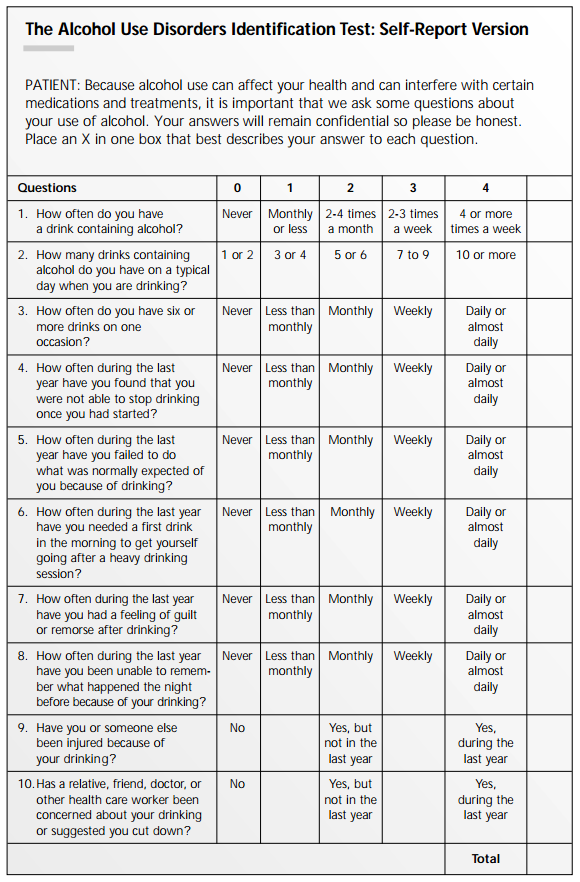

This study was performed with the aim of evaluating the psychometric properties of the Persian version of the tool, in order to provide an appropriate instrument for the early detection of drug abuse in the Iranian population with the ultimate aim of providing early and more effective and efficient treatment. Estimated internal consistency for DAST-28 ranged from 0.92 to 0.94 in the study conducted by El-Bassel et al., 20 for DAST-20 from 0.74 to 0.95 in the study conducted by Cocco and Carey, 21 and for DAST-10 it was reported to be 0.86 to 0.94 in the study conducted by Carey et al. 17ĭAST has been evaluated in terms of different psychometric properties in various communities worldwide (US, Canada, India, Turkey, and China), 18, 19 all of which have reported high internal consistency. 16 All versions of the test including DAST-28, DAST-20, and DAST-10 have been shown to have excellent validity and reliability and are widely used worldwide. DAST is mainly concerned with evaluating drug abuse consequences and severity in the past year. It is also applicable for evaluating the outcomes of treatment. DAST is a short screening tool which can be used at clinical settings. 15 These included the self-report 10-item screening test which he called the Drug Abuse Screening Test (DAST-10). 14įor the first time, Skinner designed a number of tools with the aim of screening for drug abuse. 13 Studies have shown that substance abuse in either parent (mother or father) can equally result in alcohol use disorders (AUDs) in the child. 9- 12 Alcohol consumption in parents has a negative effect on children’s psychological welfare, irrespective of the intensity of other psychiatric disorders, the parents’ level of education, economic difficulties, or living conditions. 5 Opioid narcotics can result in intoxication, medical and social problems, 6, 7 mental, and occupational disabilities, 8 and even infertility. 1, 4 In the United States (US), it is reported that 35% of men and 18% of women aged between 15 to 54 years meet the diagnostic criteria of substance abuse, at least once in their lifetime. In 2015, the Iranian Drug Control Headquarters reported that 2.8 million of Iranians aged 15-64 years were illegal drug users the average age was 32 years and the average starting age was the early 20s. 1, 2 It is particularly prevalent among young people in developing countries 3 and is often accompanied by undesirable social and economic consequences. One of the major current social dilemmas and public health challenges in Iran and worldwide is substance abuse.


 0 kommentar(er)
0 kommentar(er)
